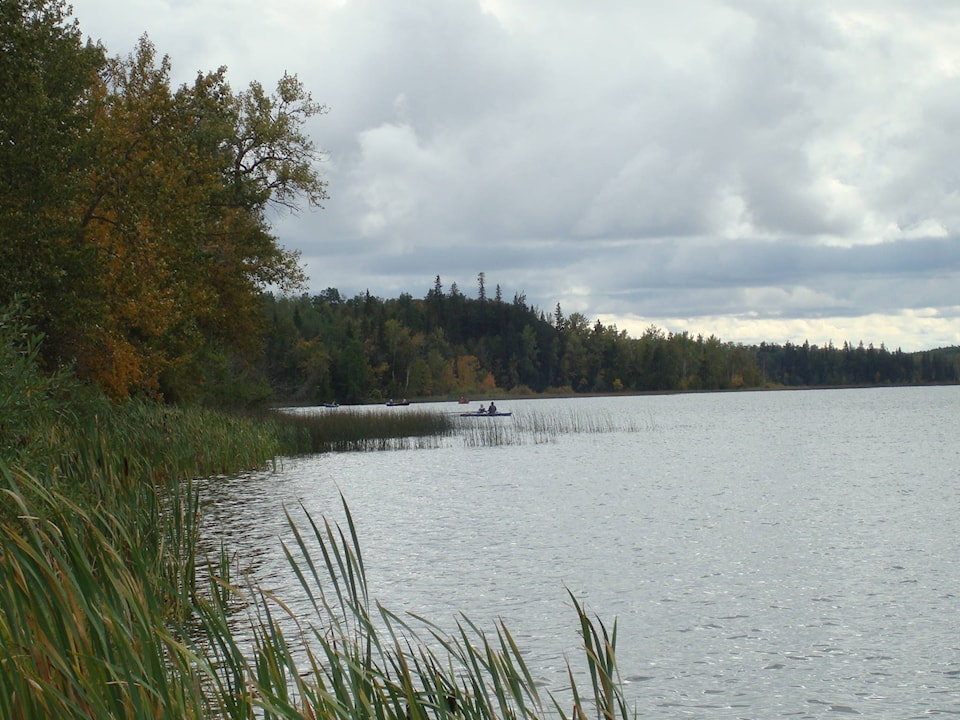Lacombe County has held off providing its consent for a land purchase needed for a controversial storm water project.
Town of Blackfalds wants to buy nine acres of land in the county from a private landowner to become part of a storm water drainage plan for future development in the northwest part of the town.
Under the Municipal Government Act, Lacombe County must consent in writing to the land being purchased within its borders.
Blackfalds’ storm water plans are not sitting well with some county residents. They oppose a proposal to include Lacombe Lake as part of the storm water system.
Among concerns is that storm water will contaminate the small lake.
A June 15 open house at Lacombe County’s offices drew nearly 60 people, most of them opposed to the town’s storm water management plan.
Last week, county council deferred the motion to consent to the necessary land purchase.
County senior planner Anita O’Driscoll said council wants to know if Lacombe Lake can be removed from the storm water plan and whether rain water can be channelled directly to Blindman River, which connects to the Red Deer River southeast of Blackfalds.
County commissioner Terry Hager said council wants to know if there are any legislative, environmental or engineering barriers to prevent directing storm water south to the river, rather than north through Lacombe Lake.
A report to council listed a number of concerns raised by residents at the open house.
Some fear that lake levels — already high — will be increased further putting nearby properties at risk of flooding. Others wanted to know what long-term water monitoring is proposed and the potential impact on wildlife.
The proposed storm water plan predicts lake levels would rise only one centimetre in a one-in-100-year rainfall event. However, some residents questioned that prediction.
A series of wetlands are proposed to ensure that storm water entering the lake falls well within Alberta Environment and Parks guidelines for contaminants, say the engineering consultants.
Residents also questioned whether ongoing water monitoring at the lake would happen.
